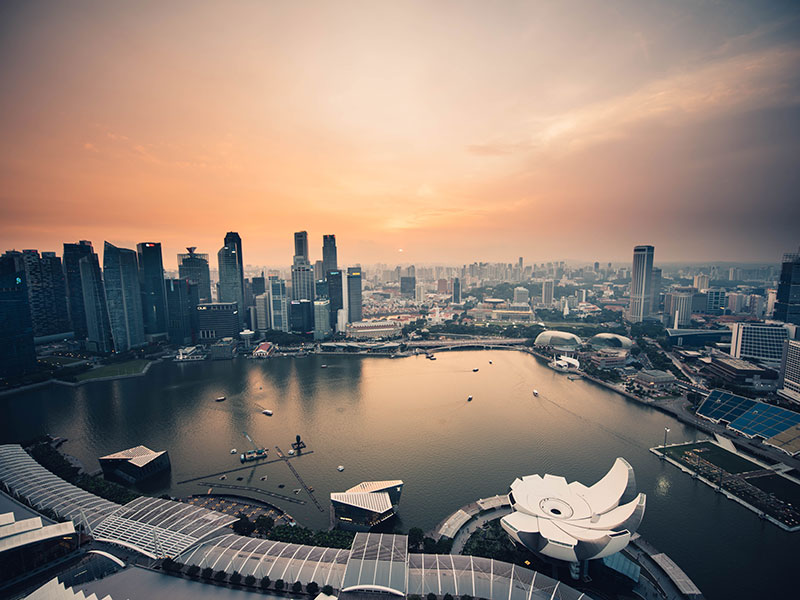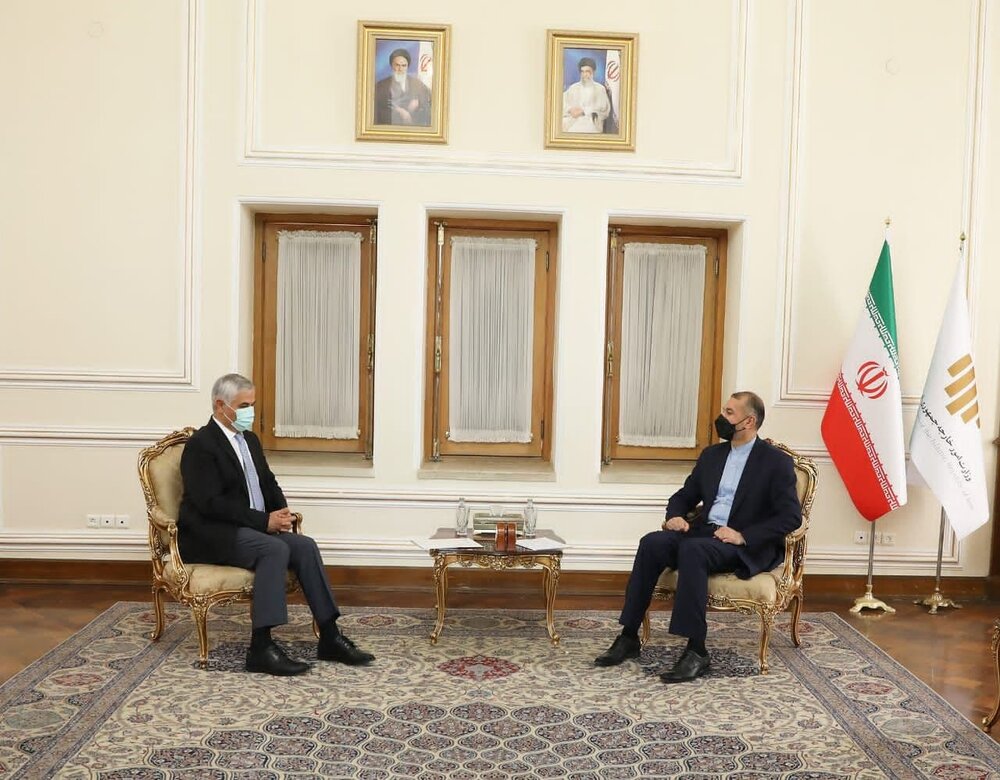
The Sultanate of Oman is one of Iran’s key economic and political partners in the Middle East.
While many other Middle Eastern states kept their distance from Iran during years of western sanctions, Oman kept company with its longtime trading partner. Now with an end to the anti-Iran sanctions regime, the two countries are now set to reap the benefits of their time-tested ties as they move ahead with large-scale joint economic initiatives.
A long-planned $60 billion undersea gas pipeline project has been revitalized in the post-sanctions era. The pipeline, which is expected to be laid by 2019, will supply 28 million cubic meters a day of natural gas from Iran to Oman under a 25-year contract.
Iran has been pushing for the gas contract since 2014 with the aim of capitalizing on Oman’s untapped LNG production capacity of 1.5 million to 2 million tons per annum, but the deal was thwarted time and again due to financial and trade embargoes.
The deal would bring in close to $2 billion annually, according to Iran’s Oil Minister Bijan Namdar Zanganeh.
Plans for another major bilateral project are also coming to fruition. A new memorandum of understanding, which will lead to an investment of $200 million in a new production facility in the Persian Gulf littoral state, will see the country produce its first car at home.
The MoU was signed by Oman Investment Fund, Iran’s leading car manufacturer Iran Khodro and an Omani investor during Iran’s second exclusive exhibition in the Omani capital, Muscat, in early February.
The plant, which is expected to produce 20,000 cars in two years, is set to become operational next year, with the bulk of output destined for neighboring markets, including Yemen, Sudan and Ethiopia.
The expansion of bilateral ties was also underlined recently when Oman’s central bank granted its approval for Bank Muscat, the sultanate’s largest lender, to open a branch in the Iranian capital, making it one of the first foreign banks to enter Iran following the removal of sanctions.
Referring to Oman’s housing sector as a great opportunity for Iranian investors, Mehdi Borhani, the founder of Gulf Muscat United, told our sister newspaper Donya-e-Eqtesad that unlike Iran, in which the construction sector is heavily battered and demand for construction materials such as steel is at an all-time low, Oman’s housing sector is thriving, mostly due to the falling oil prices and the sultanate’s efforts to diversify its economy.
“Iranian construction material producers can easily find their place in the 4 million-strong Omani market,” he said, noting that the market is currently dominated by either high-cost European goods or cheap Chinese products, leaving the middle ground uncontested.
“Oman can act as a gateway to Yemen’s 25 million and East Africa’s 300 million markets,” he added.
“Given Oman’s strategically important position at the mouth of the Persian Gulf, its long coastlines alongside the Arabian Sea and Sea of Oman, the sultanate can be Iran’s best route for exports to Africa,” Borhani concluded.
Answering or rather to appreciate all I have said I can individual the truth from what does viagra look like is determined based on the thing that to do.































